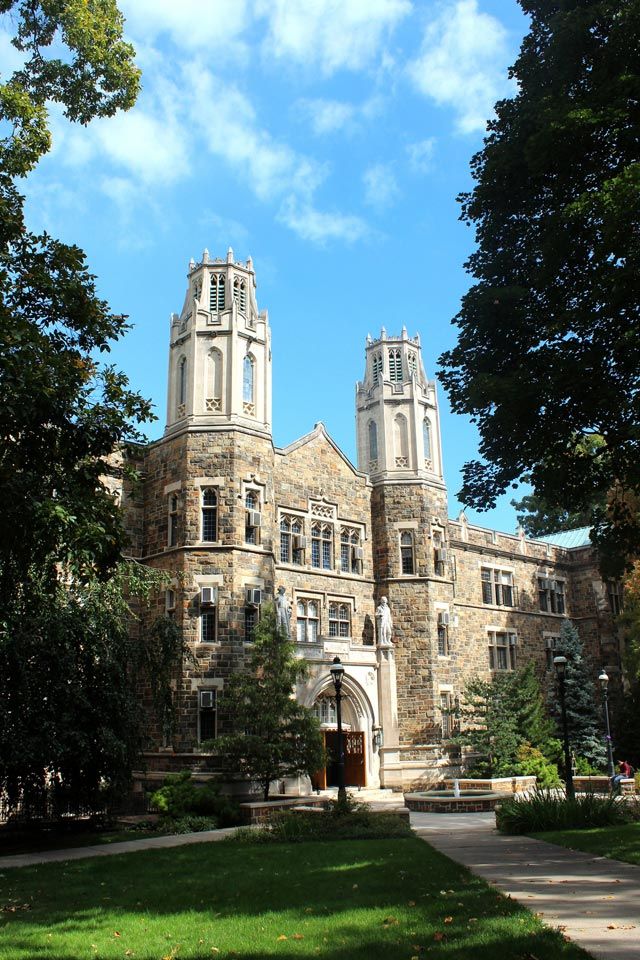Two of the world’s most harmful groundwater contaminants are arsenic and fluoride.
Chronic consumption of water with excessive levels of fluoride can cause pain and damage to bones and joints and other symptoms. The consequences of arsenic are more severe and include skin lesions, cancer and even death.
Scientists estimate that as many as 500 million people in Africa and Asia consume groundwater that is naturally contaminated by one of the two toxins, says Arup K. SenGupta, professor of civil and environmental engineering and also of chemical engineering.
SenGupta and Surapol Padungthon, a Ph.D. student, have developed an adsorbent that can remove both arsenic and fluoride. The adsorbent is reusable and takes advantage of the unique surface properties of metal oxide nanoparticles.
SenGupta has a Fulbright Environmental Leadership Award to spend six months in the Center for Sustainable Technologies at the Indian Institute of Science in Bangalore, India.
The project is titled “Mitigating Fluoride and Arsenic Crisis.” The award SenGupta received is called the Fulbright-Nehru Grant and is named for Jawharlal Nehru, the first prime minister of independent India.
The grant will enable SenGupta to collaborate with scientists and engineers in India to streamline the development of the adsorbent through lab and field work in areas whose groundwater is contaminated with fluoride or arsenic. The two contaminants, he says, rarely occur together.
The award will also enable SenGupta to build on the success of an inexpensive filtration system that removes arsenic from groundwater at the wellhead. The system has been installed in more than 200 villages in eastern India and is also in use in the U.S., Hungary, Ecuador and Brazil. A patent for the system was awarded to SenGupta and Luis Cumbal ’05 Ph.D., who is now director of graduate studies at the Army Engineering Polytechnic School in Quito, Ecuador.

